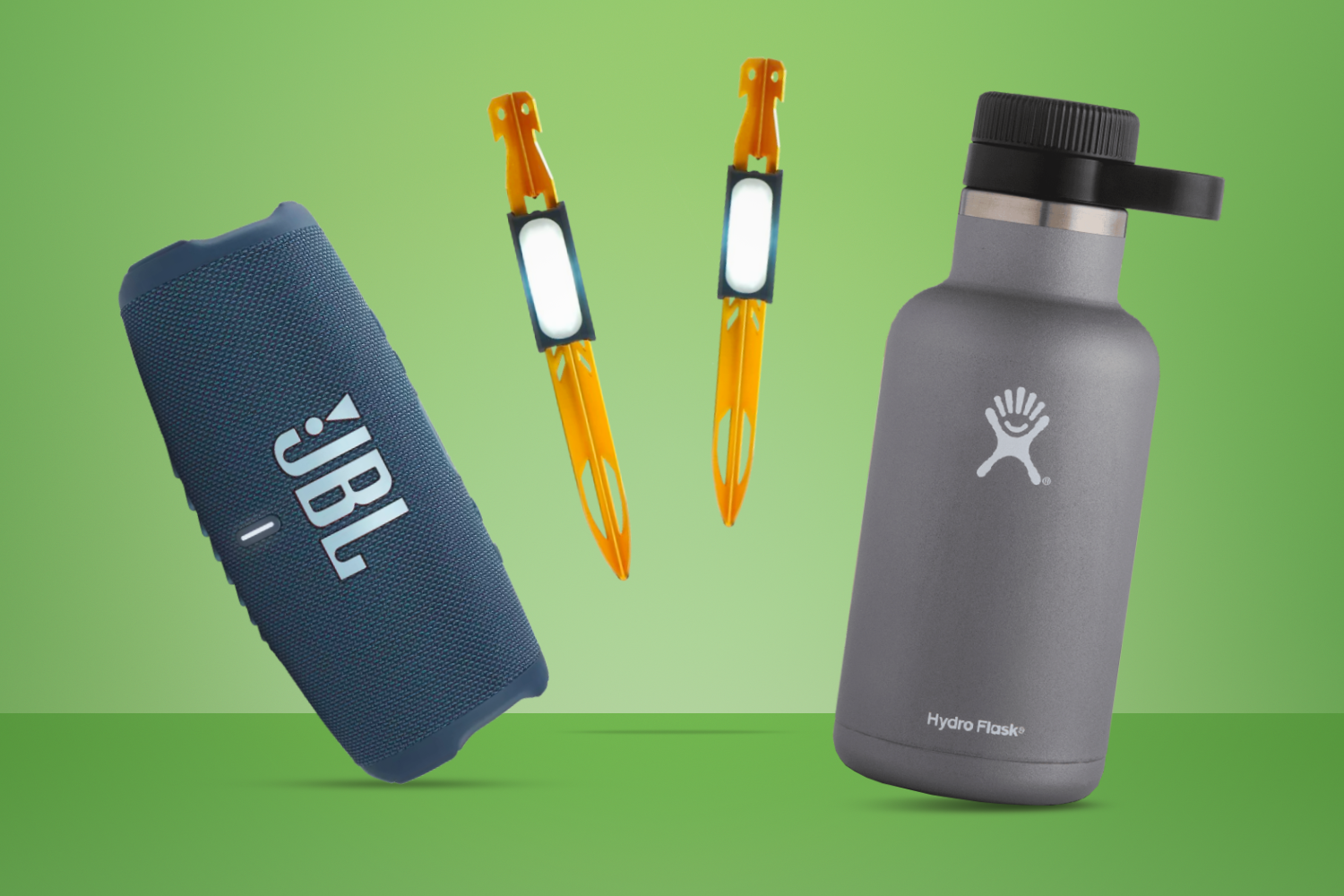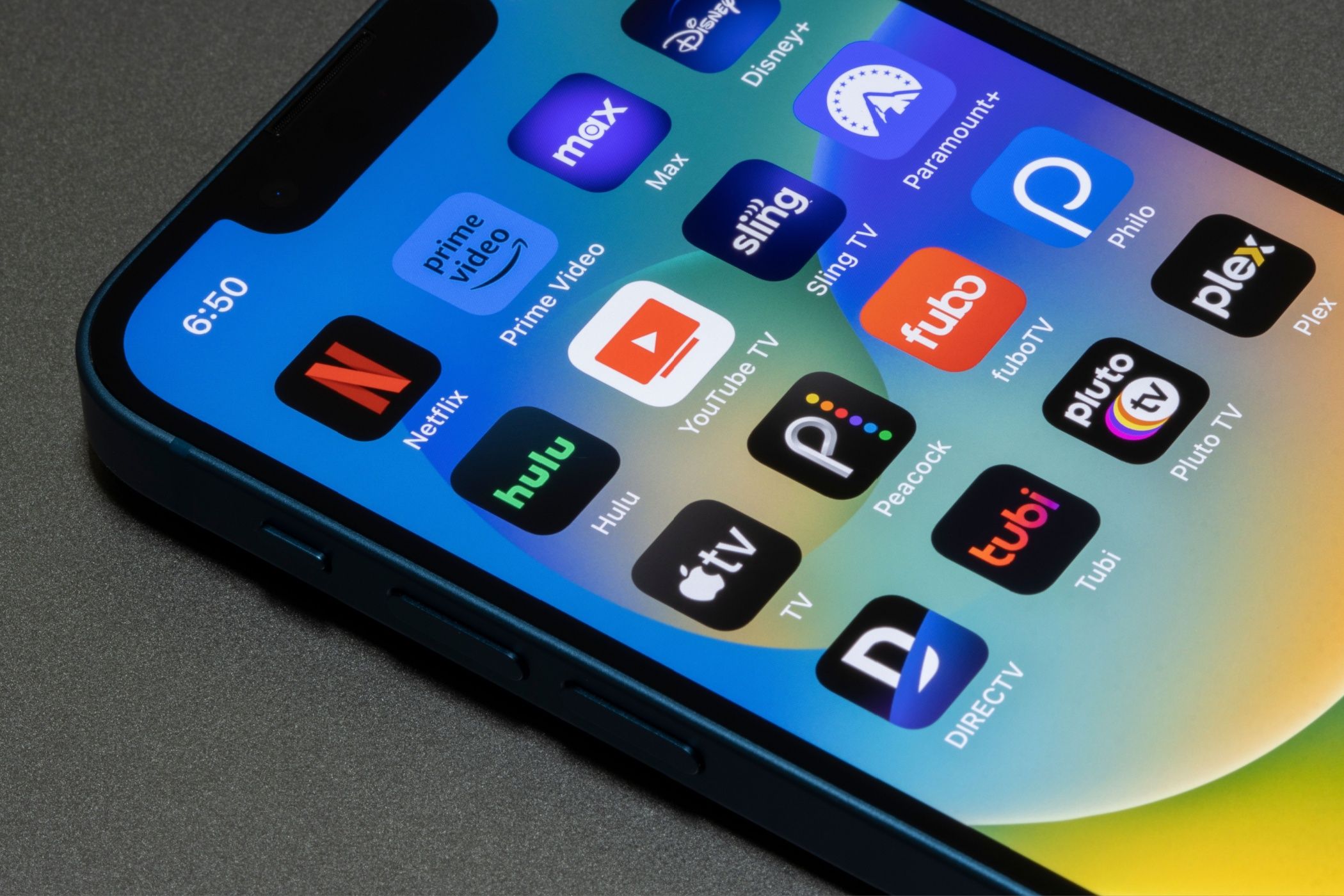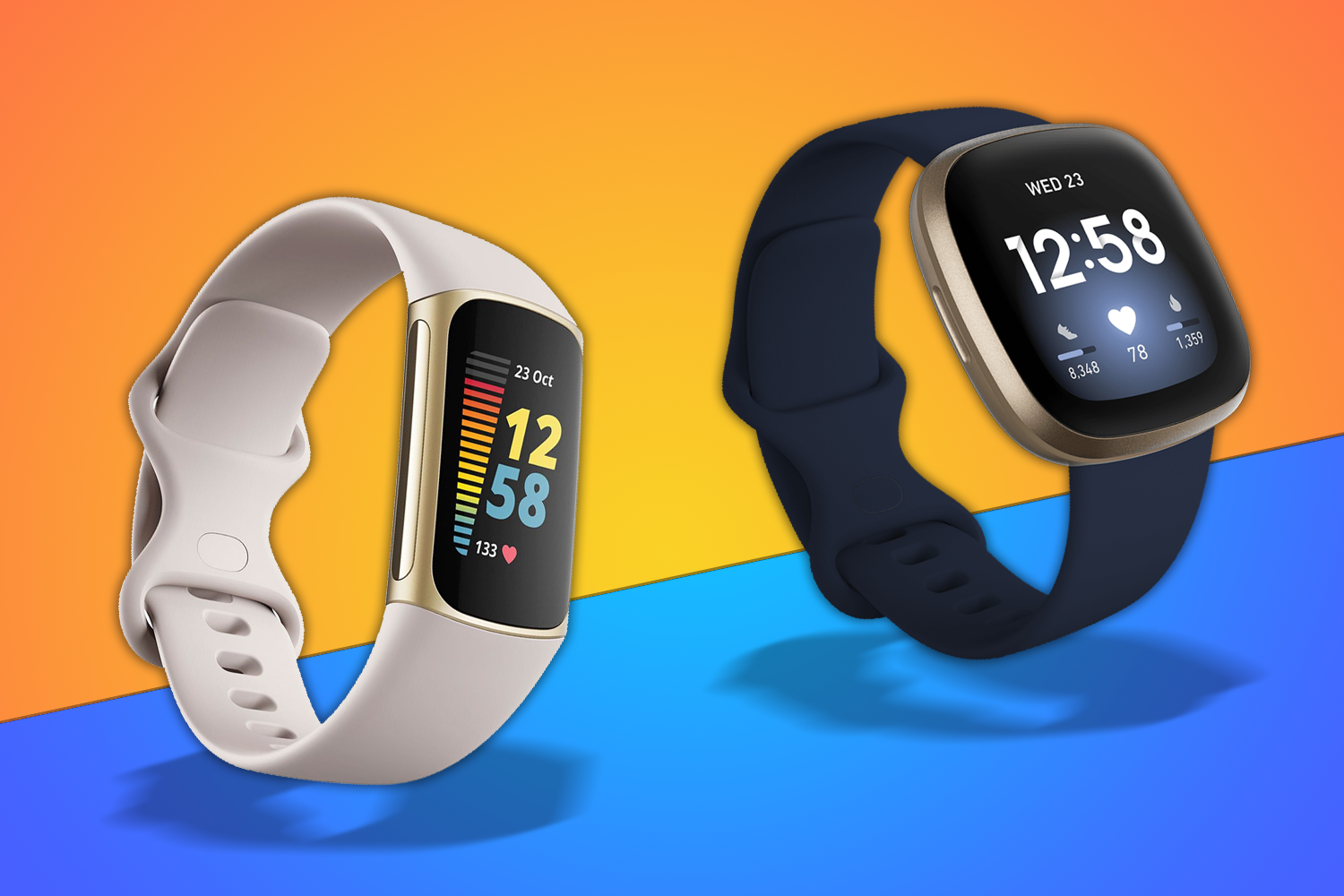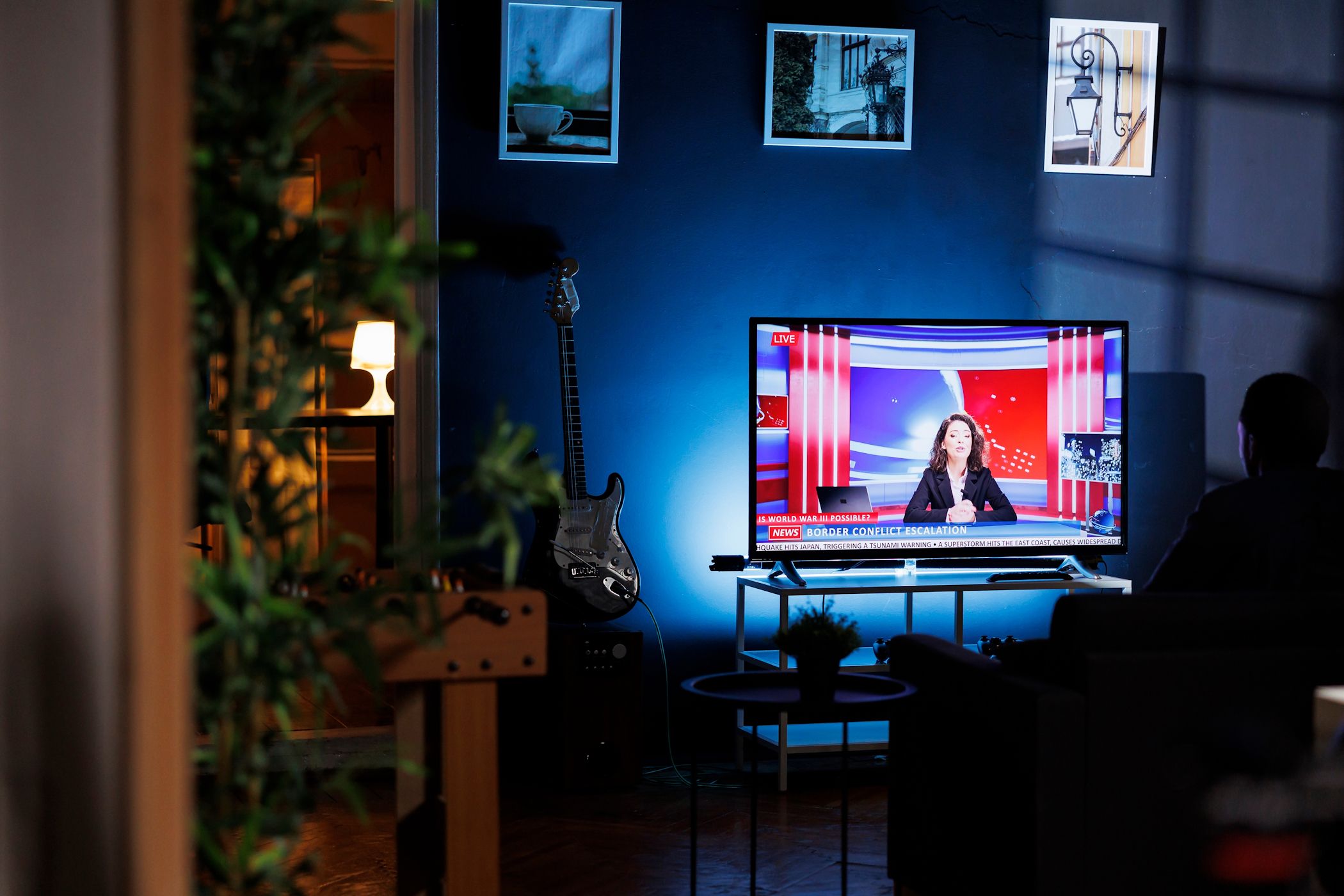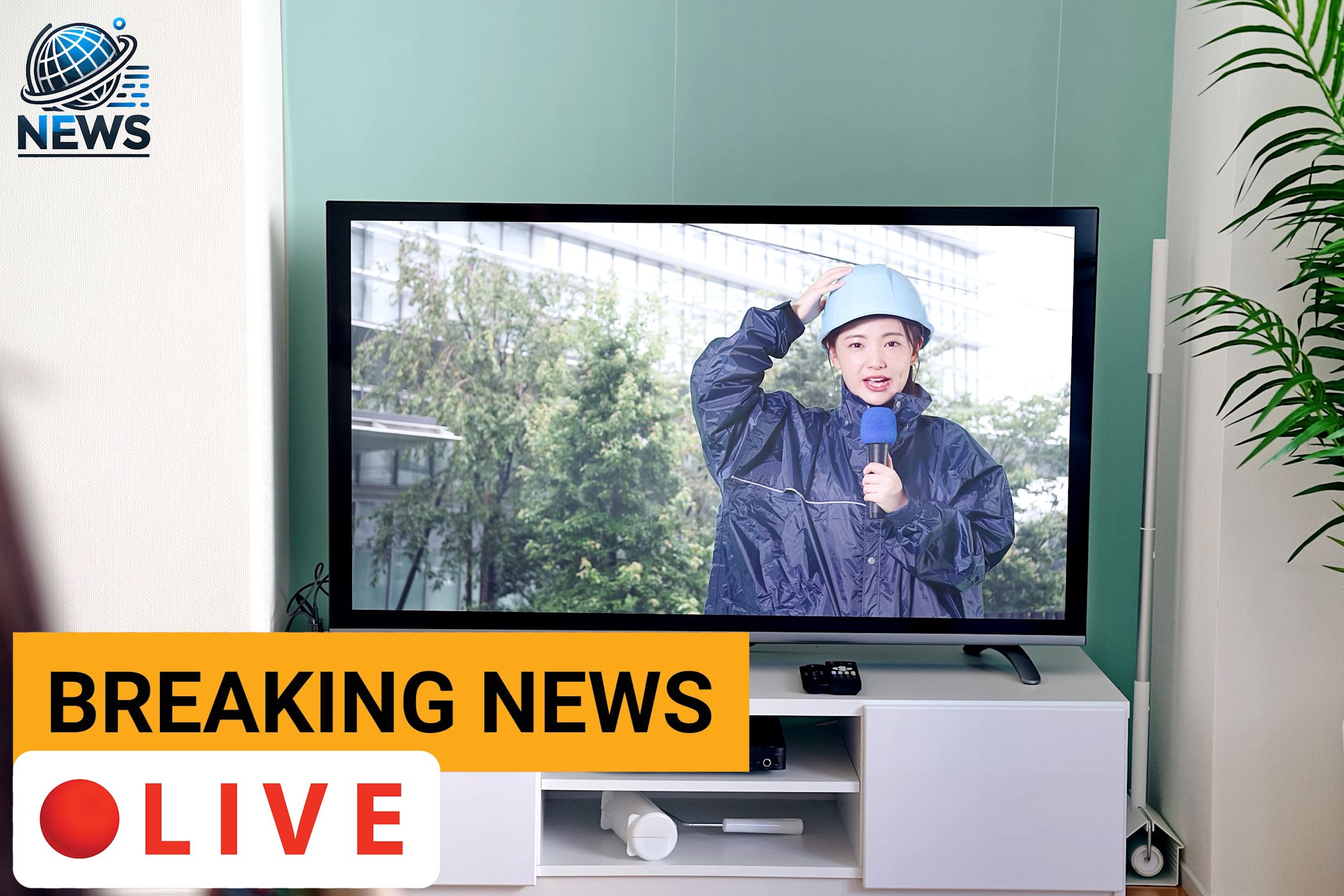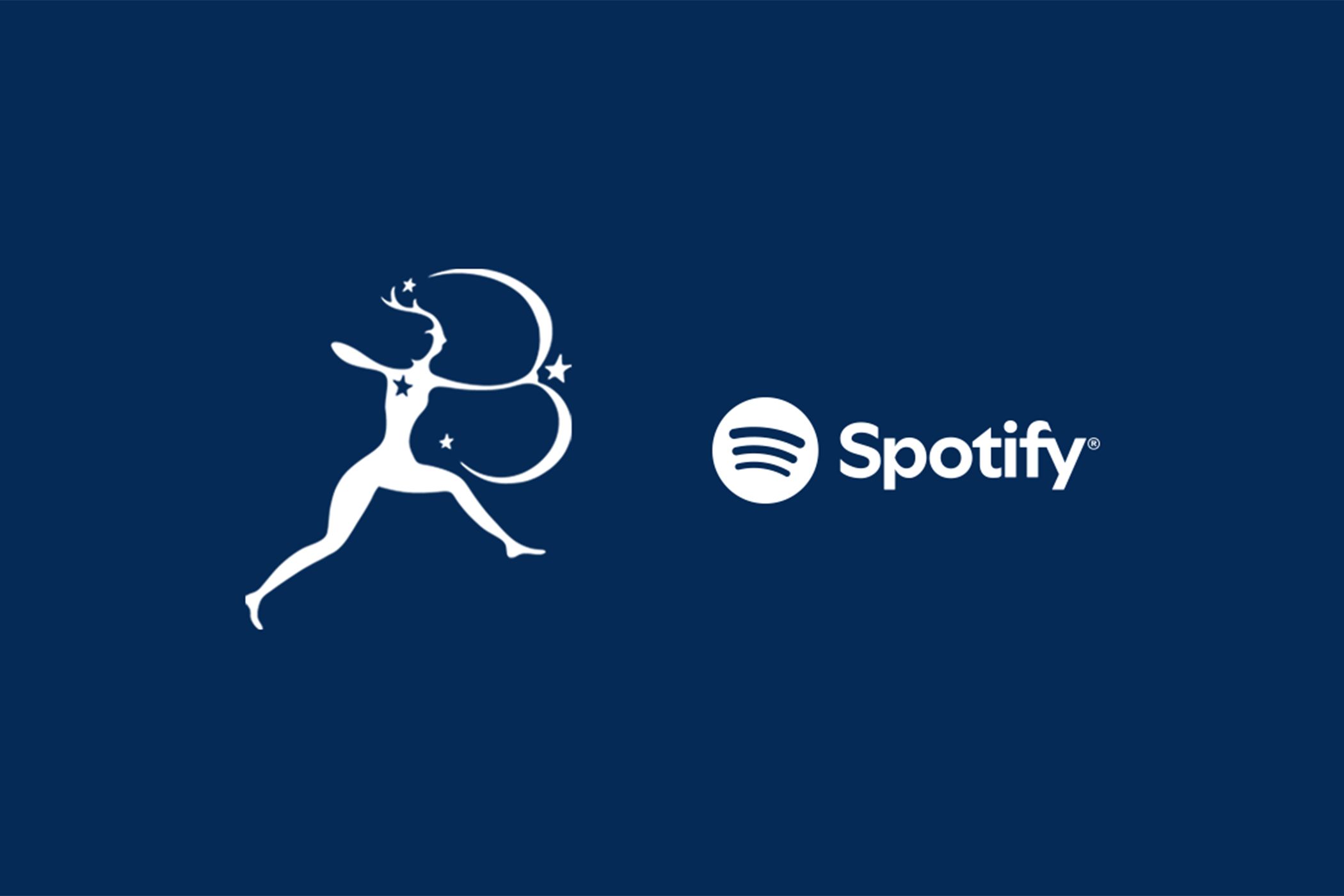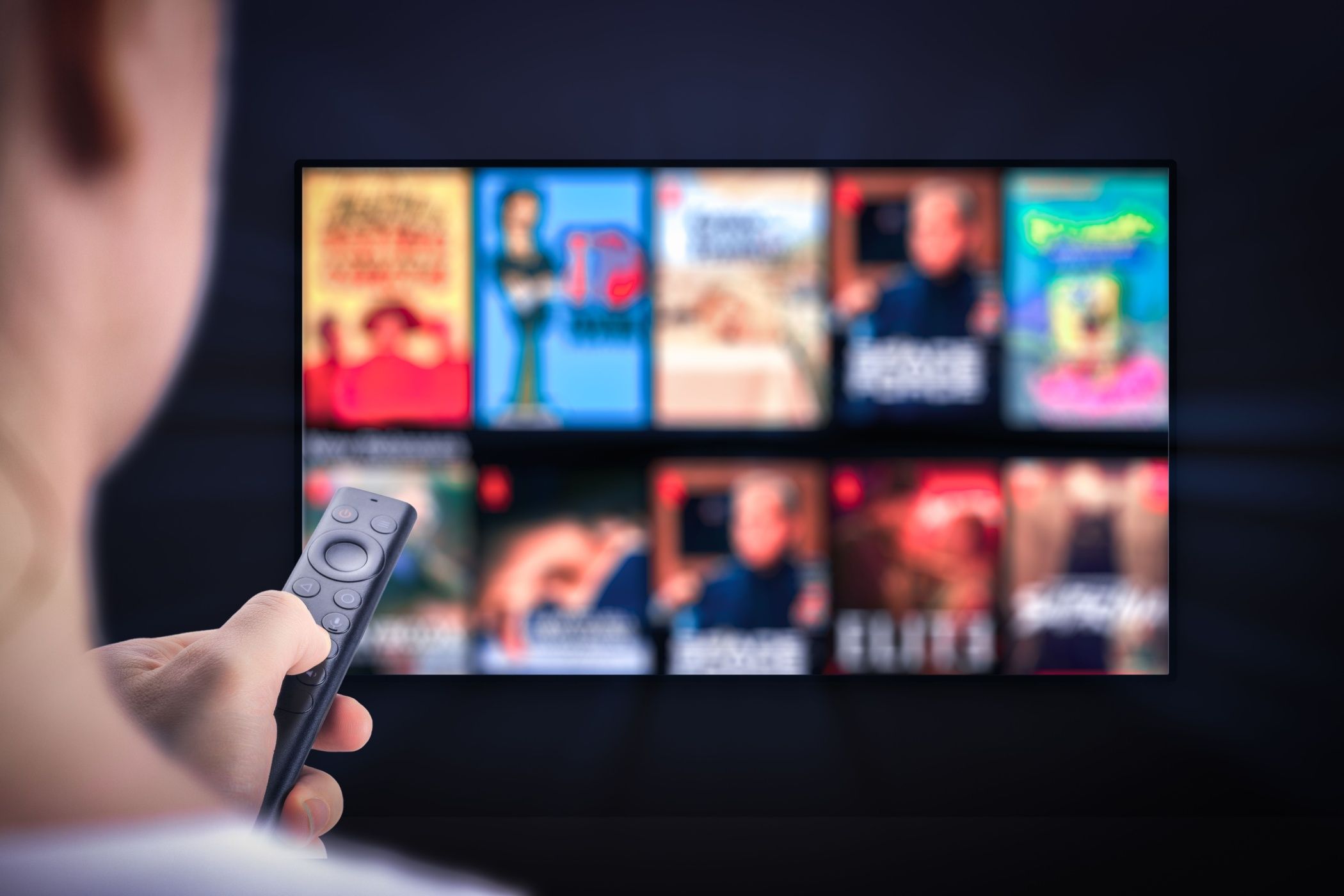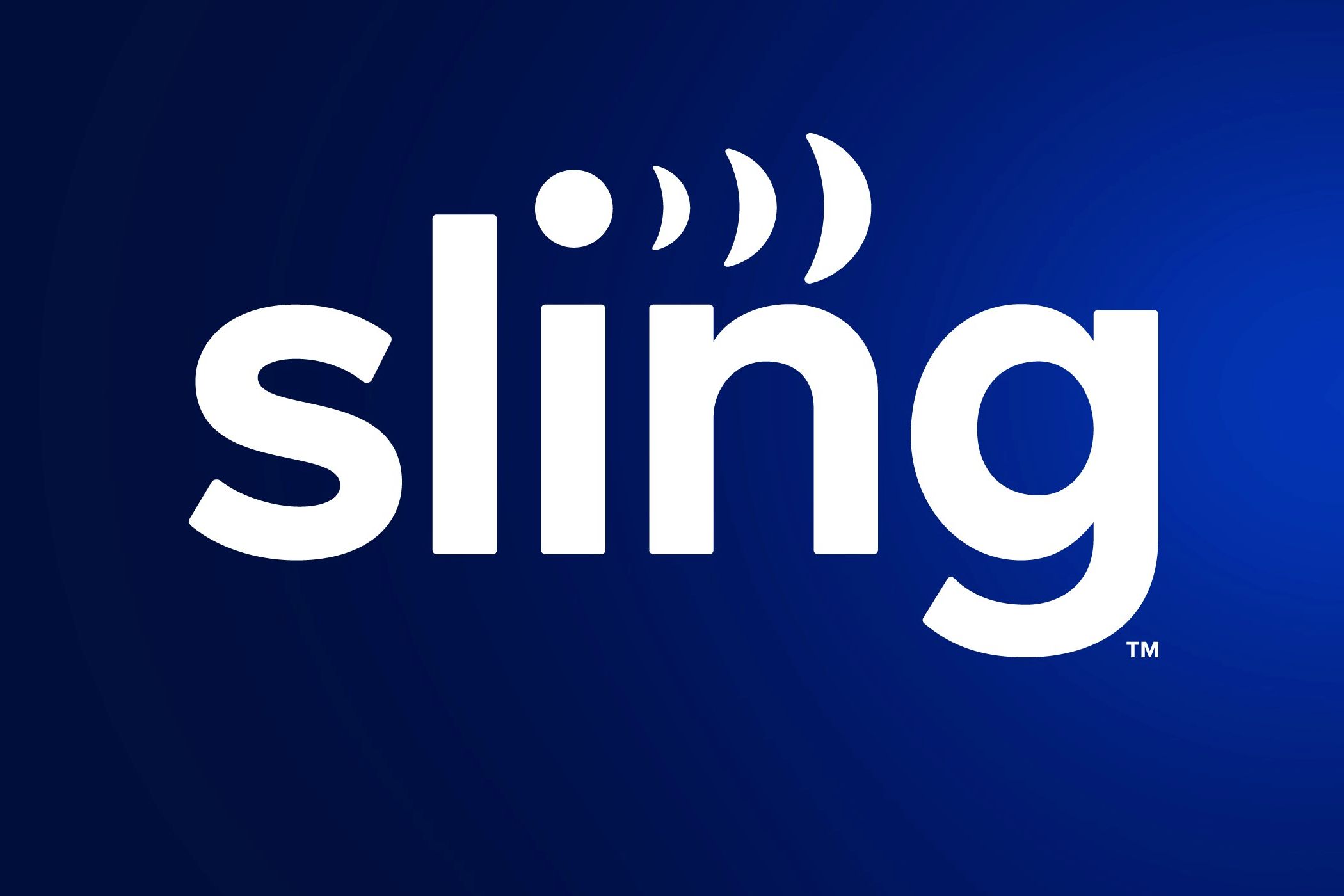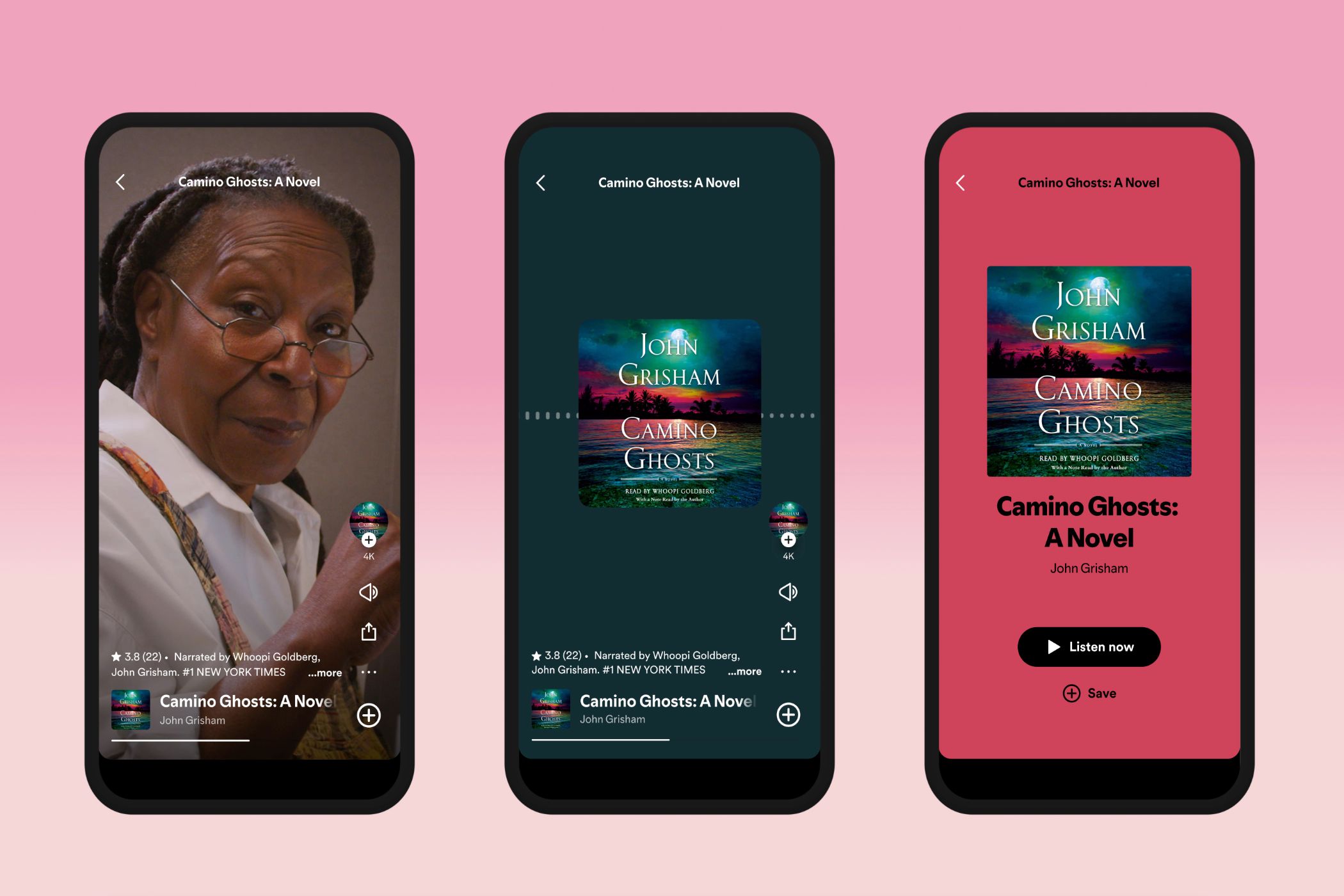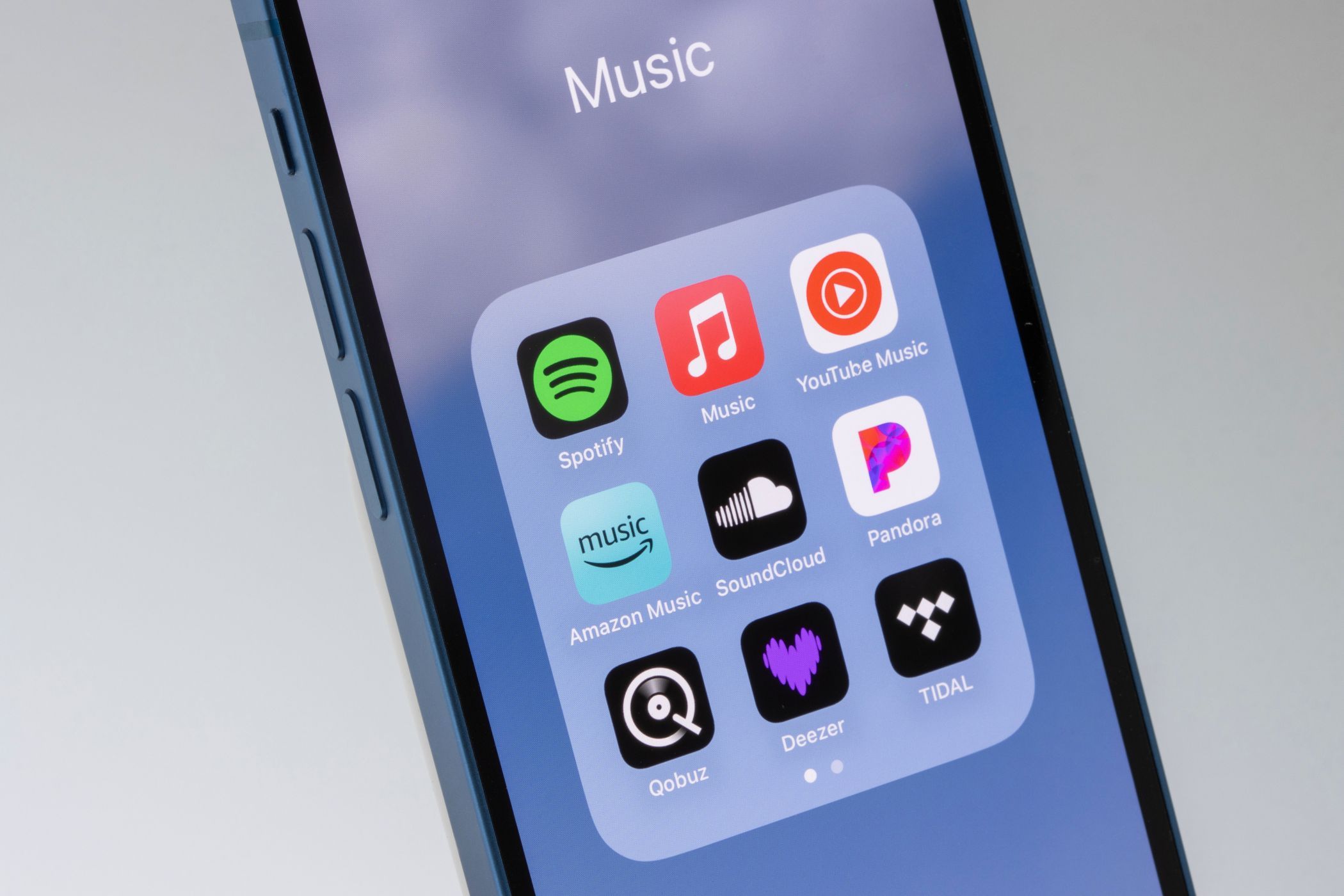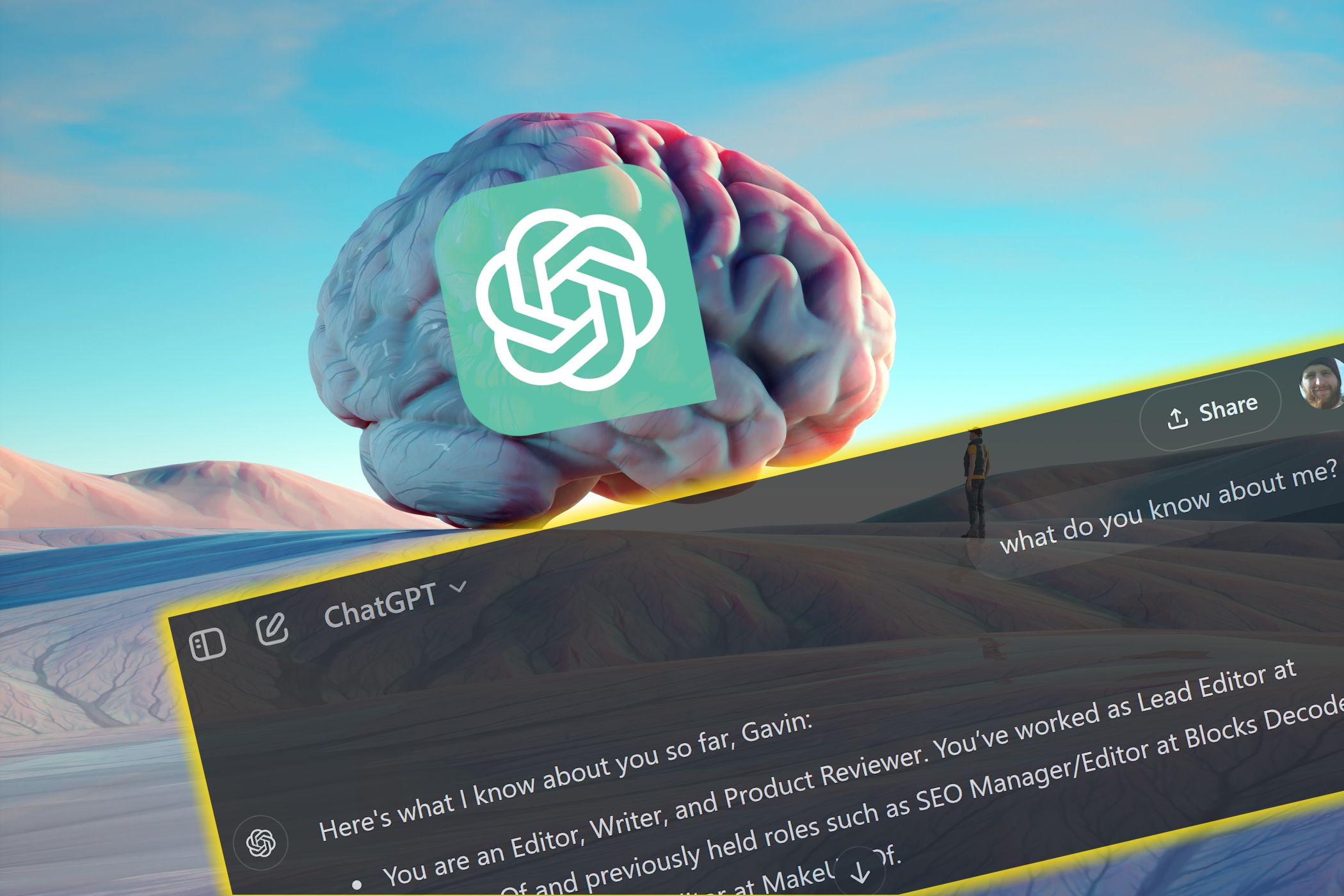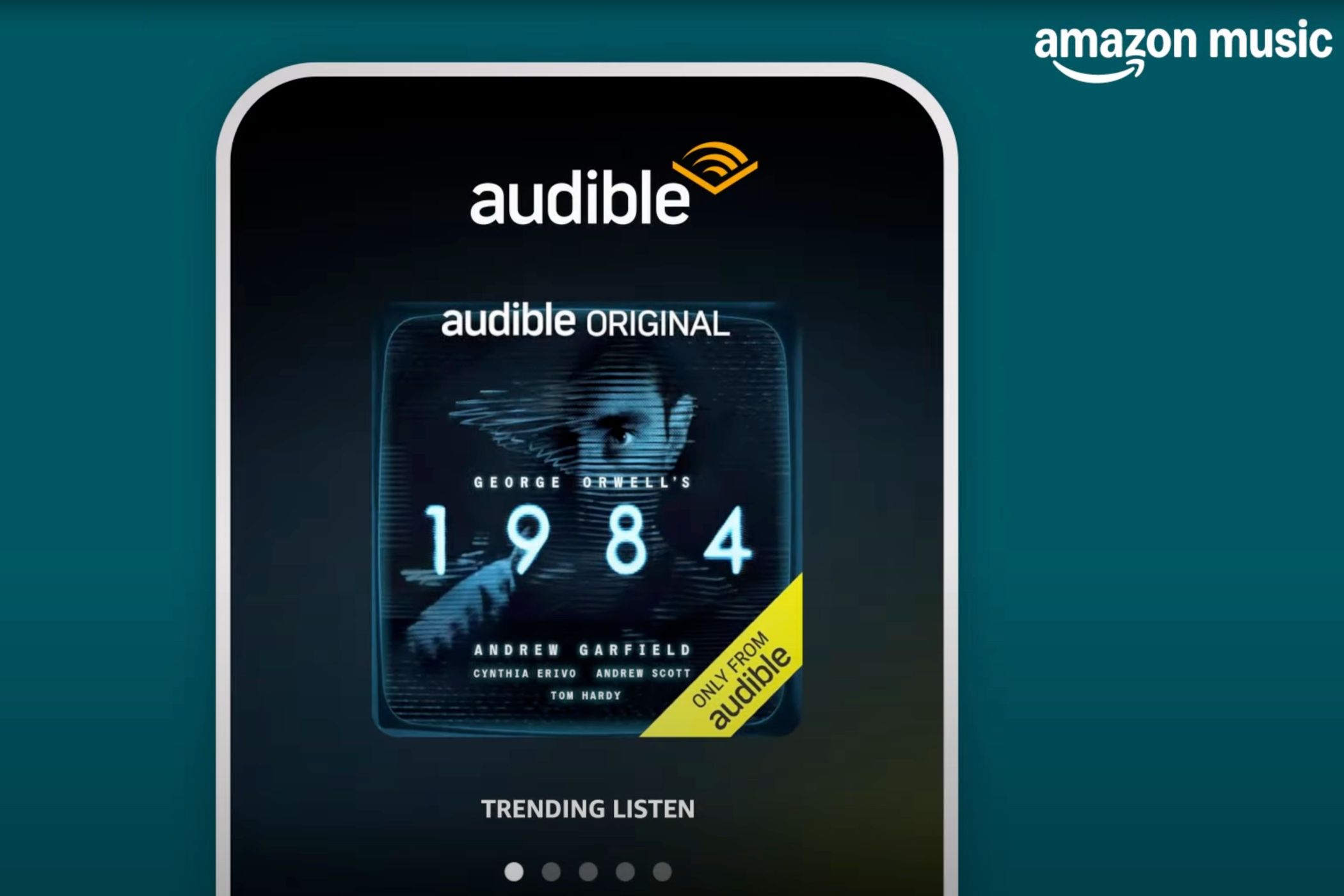Key Takeaways
- Streaming services are getting more expensive due to price hikes, pushing some to switch back to cable.
- Cable provides easy access to live sports and news, which can be a challenge with streaming services. What’s more, you can also bundle services to save money.
- Not having to juggle subscriptions and being able to discover fresh content are some of the key benefits of switching back to cable
Streaming platforms started as a cost-effective, ad-free alternative to cable. Like many others, I was drawn to the prospect of watching on-demand content for a fraction of the cost of cable. And, I’m not going to lie, streaming services worked brilliantly for a while.
Over the years, though, things changed—and not for the better. I finally decided this was as good a time as any to switch back to cable. It might not be the right decision for everyone, but these are my reasons for doing so.
1 1. Price Hikes on Streaming Services
Streaming platforms, from Hulu to Peacock, keep raising prices. Whether this is justified is another matter, but the cumulative effect of these price hikes across subscriptions makes streaming expensive and not something I can justify anymore.
In comparison, Cox’s cable plans, for instance, start at $61 per month. For $115, you get access to sports and local channels as well. Sure, it’s not cheap, and I really think more people will take to cable if those prices drop. Still, it beats what I was paying for multiple streaming services combined.
2 2. Easy Access to Live Sports and News
When I subscribed to streaming services, I struggled with watching live sports and news. Most platforms don’t offer comprehensive live coverage, and when they do, the subscription often gets quite expensive.
This made it challenging to keep up with local news and live games. With the type of cable plan I have, though, this is no longer something I worry about.
3 3. Bundling for Additional Savings
Bundling your cable with your internet or phone plan can be a great way to maximize your savings. For instance, AT&T’s 300Mbps plan costs around $55 per month. If you combine this with a DIRECTV ENTERTAINMENT package offering access to over 165 channels, including sports and local networks, you’ll pay $125 monthly.
Companies like AT&T offer multiple bundling offers, which allow you to customize the package to your needs. Whether you’re looking for basic cable or want to add premium channels to the mix, there’s a package out there that will suit your preferences and budget.
4 4. No Need to Juggle Multiple Subscriptions
Perhaps what I appreciate most about cable is that I don’t have to juggle multiple subscriptions. I no longer have to keep track of renewal dates, check prices before I renew to make sure I’m still getting a good deal, and contemplate dropping streaming services that no longer have content I’d like to watch.
With cable, everything I want to watch is in one place, and there’s only one billing cycle to manage. I can’t tell you how much this has simplified things for me, at least on the entertainment front.
5 5. Unbiased Content Discovery
If you’re still subscribed to streaming services, you know how these platforms recommend content based on your viewing history. I am not saying this is bad, but it severely limited my exposure to diverse programming.
Now, with the algorithm not dictating my choices, I’ve encountered some real hidden gems while flipping through channels. It’s been pretty refreshing to discover shows and movies I wouldn’t have found easily on a streaming platform.
I’ll be the first to admit that cable TV is far from perfect in its current form. But I have hope for the future of cable TV. If you, like me, are thinking of returning to cable but are unsure about committing long-term, remember that you don’t have to make a permanent switch.
You could always retain your subscription to your favorite streaming platform while enjoying the benefits of cable. Should you decide that cable is not for you, you can cut the cord once your contract is up and return to the streaming services of your choice.
